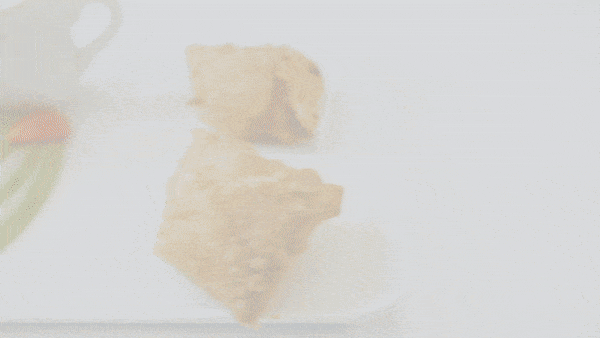The Basics of Coconut Shrimp

Coconut shrimp. Who can resist the sweet crunchiness and delicate ocean flavor of this delightful variation of deep-fried shrimp?
Coconut shrimp first appeared during the post-WWII tiki craze. Island fever had struck the country, and anything even remotely tropical or beachy was all the rage. Is it any wonder that island-inspired food soon followed? Especially since another tropical post-war innovation was also available – sweetened, shredded coconut.
During the late 1940s, 50s, and 60s, the tiki culture permeated all aspects of American life. It’s hard to overstate its influence on the pop culture of the day. Rum-based tropical cocktails like Mai Tais and Blue Hawaiians paired perfectly with island-inspired foods like rumaki and pu-pu platters. Coconut-crusted shrimp became equally popular, and while you may not find rumaki on many of today’s menus, coconut shrimp is perennially popular. It may no longer represent the height of decadence and exotic tiki kitsch, but it’s still a popular appetizer, entree, and party food.
Variations Upon Variations
There are as many variations of coconut shrimp as there are of Mai Tais. It can be deep-fried (whole or butterflied), pan-fried, baked, skewered and grilled, sautéed, or stir-fried. However you choose to cook them, one thing all coconut shrimp recipes have in common is the delicious pairing of briny shrimp with sweet coconut. It’s a perfect flavor combination where each main ingredient complements the other.
Even the coating has variations, with some recipes calling for panko, plain, or mixed bread crumbs added to the coconut. That coating may also include finely chopped nuts such as tropical macadamias. Fried recipes may also include a coconut milk marinade to enhance the flavor of the coconut coating.
Probably the most coconut-intense coconut shrimp recipe calls for marinating the shrimp in a spicy coconut mixture, dusting with coconut flour, coating the egg-washed shrimp with unadulterated shredded coconut, and shallow frying them in coconut oil. Now that is a lot of coconut flavor!
WATCH: Operation Fry Days: Coconut Shrimp Edition
Most recipes call for some kind of sweet dipping sauce and, here again, variations abound. Apricot jam, mango chutney, orange marmalade, peach jam, plum sauce, sweet and sour sauce, and sweet chili sauce are just a few of the most popular options.
The Importance of Proper Frying
Of course, proper frying is an important factor in the taste and texture of any food. However, it’s especially important when it comes to something as delicately flavored and delightfully crunchy as coconut shrimp. A clean, well-designed fryer coupled with the right kind of oil at the proper frying temperature is essential to the success of any fried food.
A failure in any of these requirements will show up in the finished product. When it ruins carefully prepared, succulent, and much-anticipated coconut shrimp it’s almost heartbreaking! To avoid that kind of devastating disaster, invest in a good quality fryer and maintain it and your oil properly. After all, you don’t want the delicate flavor of your coconut shrimp overwhelmed by the robust flavors of yesterday’s fried chicken, do you? That can happen if you don’t filter your frying oil often enough.
You should also avoid overheating your oil, keep it covered when you’re not using it, and filter it frequently. All of those bits of coconut coating can burn if you leave them in your fryer. Charred coconut is not a flavor you want with your shrimp.
So, find a recipe that sounds good, get frying, and make a delicious batch of sweet and crunchy coconut shrimp. And if you’re looking to add coconut shrimp to your menu and need advice on the proper fryer, look no further than a Fryer Consultation from a Pitco expert.

Topics
- Foods & Trends (91)
- Fryers (87)
- Oil (57)
- Fried Food (52)
- Filtration (32)
- See All Topics
